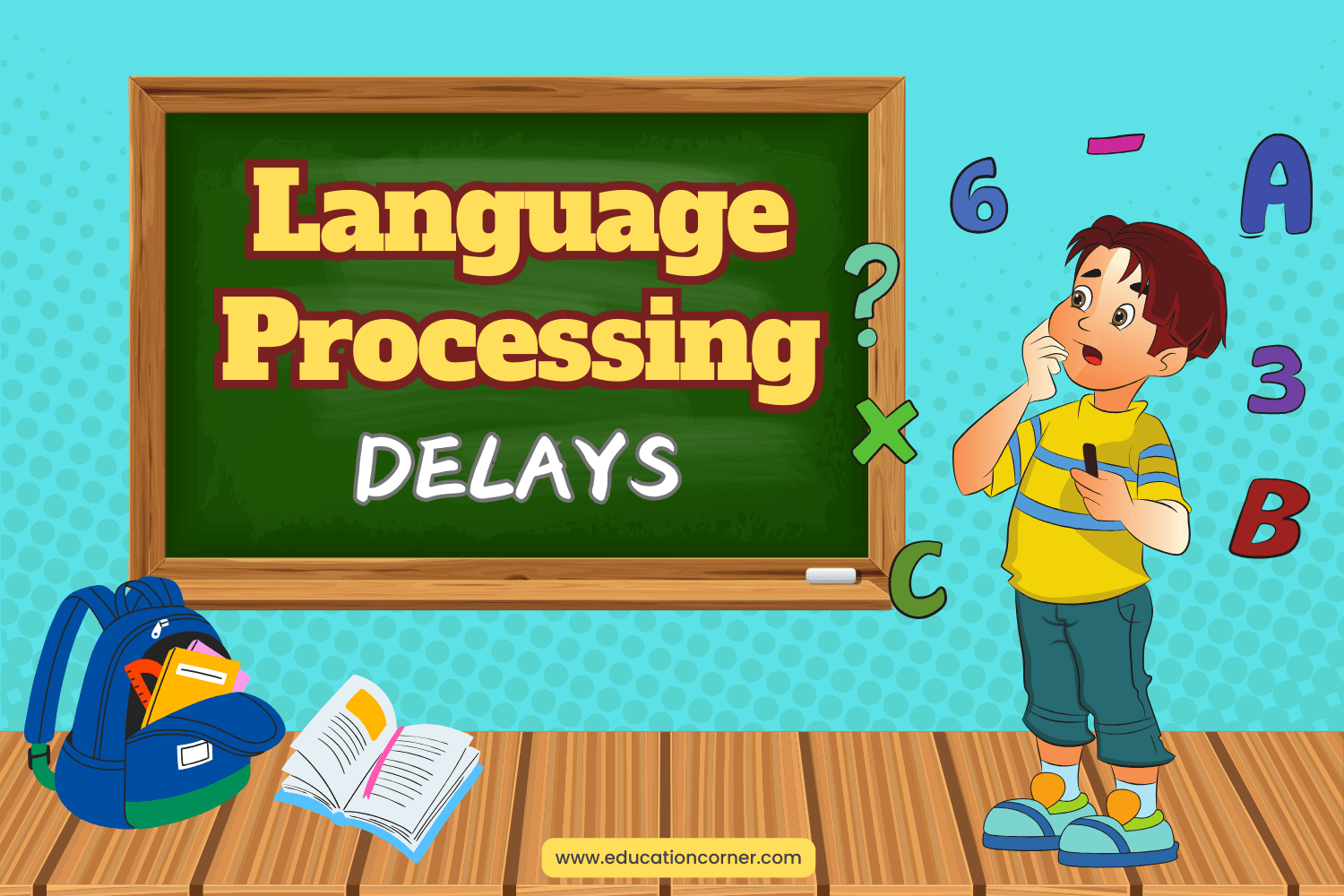“Language” is not the same thing as “speech”. Language refers to thoughts, concepts, and meaning, and can be communicated through speech (which is the expression of language through vocal sound), writing, or signing.
When a student is diagnosed as having a language processing delay, it means that he or she needs more time to convert the symbols of language into their assigned meaning. This is not necessarily a problem with their ears; more specifically, it is an issue in the coordination between their ears and their brain.
The student may in fact have all the functional language skills needed to comprehend the meaning, they just need more time to correctly process the information.
Auditory Processing Disorder (APD) is the term used for the language processing delay with specific reference to listening (as opposed to reading). Children with APD struggle to make sense of verbal instruction, and need extra time and support to comprehend spoken language.
In the classroom, students with APD struggle to keep pace with their peers because instructions come too rapidly to process. Without proper teaching strategies to support them, these students may become terribly frustrated, and the gap between them and their grade level could gradually widen.
How to Best Support Students with Language Processing Delays
Communication occurs on several different levels simultaneously. For this reason, it’s important to establish eye contact and to make sure the student is engaged and attentive.
Information and/or instructions may need to be repeated slowly and clearly. Ask the student to repeat the information back to you when you’re finished. This will strengthen the student’s comprehension skills.
Present information in several modalities. Concrete materials, manipulatives, and visual aids will help the student make meaningful connections between concepts and language.
Divide the instruction into smaller, more manageable chunks. This will give your student more time to process each part of the overall instruction, and will keep him/her from becoming overwhelmed or frustrated.
Be patient. The student, by nature of the condition, needs more time to process information, so make sure you allow him/her that time.
Create a positive and encouraging atmosphere which bolsters self-esteem. Make sure the student feels comfortable enough to ask for clarification or repetition when necessary. Give positive encouragement and reinforcement as often as possible.
Help the child make connections between different concepts by regularly referencing his/her prior knowledge. This tends to have an accelerating effect, and soon the student will have a well-connected conceptual network and will require less processing time.
Always be supportive. Frustration is a terrible enemy to these students’ progress, and pushing them too hard will only make it worse. Give the student the space he/she needs to process the information.
The Good News
The good news is that many language processing delays can be completely overcome and reversed. To do this, though, requires early intervention and consistent application of the teaching strategies listed in this article. It can be difficult to remain patient in the face of these challenges, but doing so is absolutely crucial.
As a teacher, you may be the difference between a student who learns to overcome challenges and thrive, and a student who succumbs to frustration and defeat.

